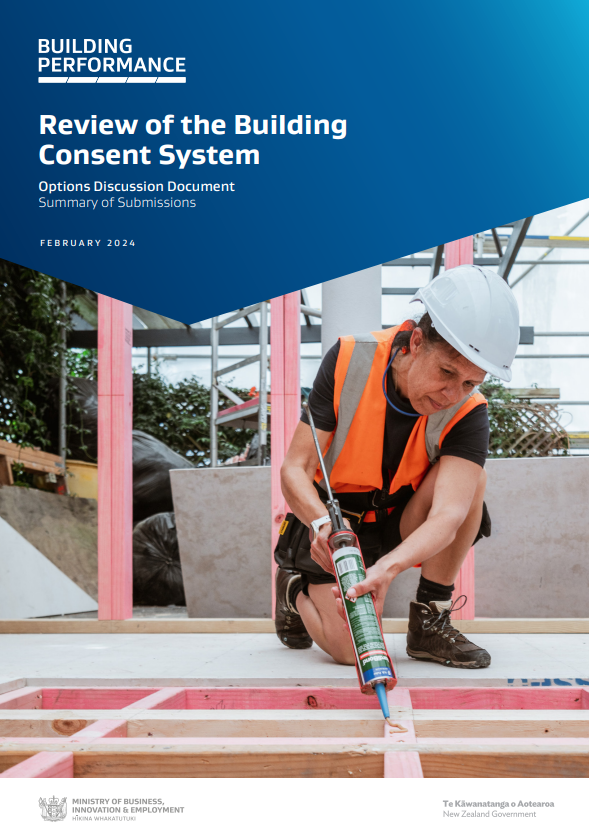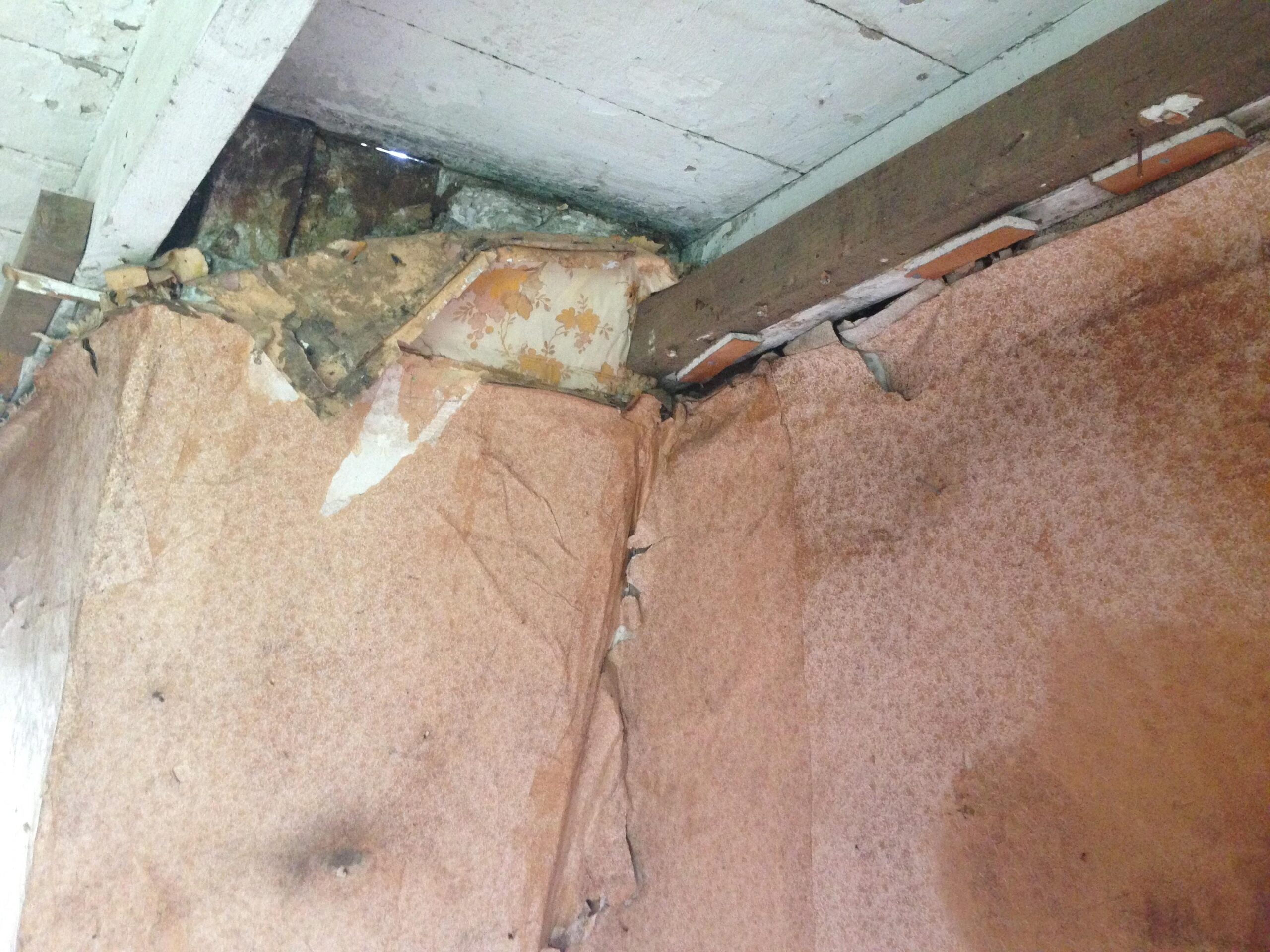Podcast: Play in new window | Download | Embed
One of the biggest local news stories this week was the news itself. I listened to Tova O’Brien’s take on the announcement of the proposed shutdown of NewHub and what it could mean for journalism in New Zealand. As someone familiar with the relatively close-knit journalism community in this country and as someone who went through a relatively severe and public shutdown herself only last year, I think Tova offers a valuable insider perspective. However, this major story was not the bulk of Tova episode 19 which is titled “Blood, faeces, vomit and cockroaches – inside Aotearoa’s emergency housing crisis“.
I found it confronting listening to Tova’s guest describe the experiences of staying in motel emergency accommodation with a young daughter. From my relative privilege (of choosing the right parents and having things turn out ok for me so far), I find it hard to imagine being in this situation. But it’s the reality for nearly 6,500 people across Aotearoa, half of whom are children.
This is an emergency, and the problem is complex. The solution will require more than simply building more houses because the underlying issues are more complex than that.
I understand the desire to build more houses, quickly. There are several drivers for this, other than emergency housing. Increasing immigration and housing unaffordability further exacerbate the demand for more homes.
Last week I wrote about some of the environmental considerations of what defines the right place and wrong places to build. There are cultural and community considerations for location too. And I don’t just mean, which school zone we’d like to be in. Being close to relatives, friends and employment and not being too close to noise and pollution are incredibly important for building a strong community. As is, stability.
We’ve been displaced expectedly once. We didn’t spend a single night without support from friends and family. I struggle to comprehend just how hard life must be for anyone trying to raise a family under the constant threat of losing their home at the whim of a landlord.
As well as being in a suitable location, I’m a big advocate for housing quality by which I mean dry, healthy and efficient to maintain comfort throughout the year.
Which presents us with a project management challenge. How can we produce good quality homes, cost-effectively and quickly? Is it possible to achieve the impossible trifecta of outcomes?
Related to this is a proposal from the Ministry of Business Innovation and Employment (MBIE) to review the building consent process in New Zealand. This is something I’d like to look at in more detail because we must get the balance right.
In 2023, MBIE sought public submissions in response to an options paper on a review of the building consent system. This week MBIE published a summary of the 270 submissions received.

We can probably make consenting more efficient and reduce unnecessary delays and costs. From the feedback, the industry agrees with this. I believe we also need to maintain adequate checks and balances to ensure that the homes we desperately need today, are fit for purpose and will continue to be so for the next fifty to ninety years.
Waiting months for building consent is expensive and frustrating. But opening the floodgates and building unfit houses in the wrong places could end up being even more expensive for us all.
Other links for this week’s podcast episode:
Be sure to register for Reimagine Buildings ’24
